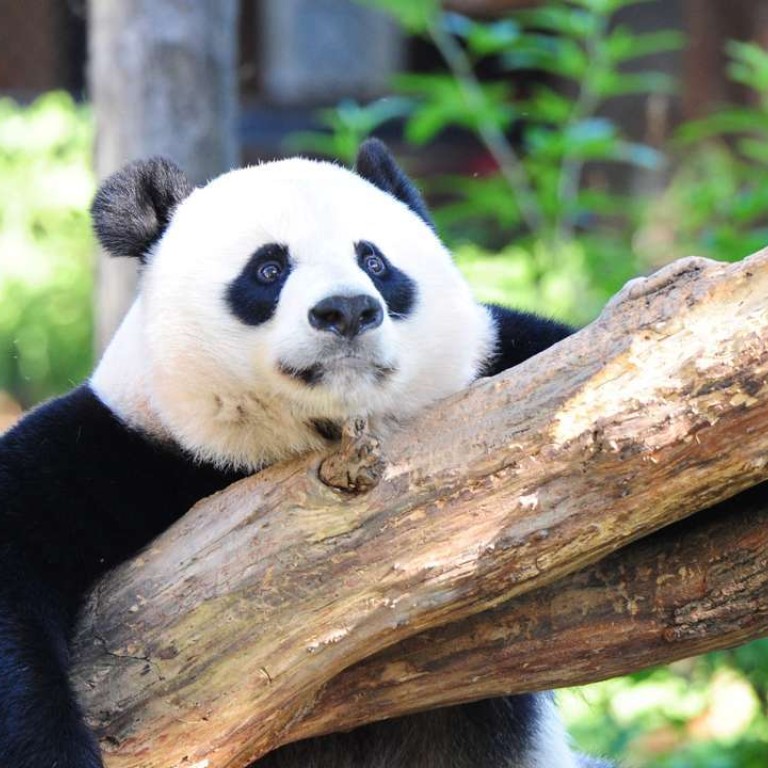
This is not the time to relax efforts to protect the giant panda
While the removal of the iconic animal from the endangered species list is welcome, the outlook for its long-term survival remains gloomy
The lifting of a dire threat from a much loved global icon would normally spark universal relief and widespread rejoicing. In the case of China’s giant panda, the government and people of Hong Kong would be entitled to raise a glass in a toast to their role in its conservation. But an international conservation body’s removal of the panda from the endangered species list has run into criticism for being premature – from experts in China.
According to the State Forestry Administration, the panda is not out of the woods yet. The International Union for the Conservation of Nature lifted its status to “vulnerable” after the wild population grew by 17 per cent over the last decade to more than 2,000. The decision is hailed by conservationists as encouragement for China to curb poaching and continue replanting bamboo forests that provide nearly all of the animals’ diet. Indeed, wildlife experts say saving the giant panda is all about restoring habitats, and that China has done well.
That is where Hong Kong comes in. Of the HK$9 billion donated by the government for reconstruction after the May 2008 Sichuan earthquake, HK$1.58 billion was spent on 23 projects in the Wolong Nature Reserve in Chengdu, including a new panda park. On the eighth anniversary of the disaster this year, Hong Kong let the provincial government spend the city’s residual donation of HK$226 million to further develop the reserve.
In insisting that the panda remains endangered, the forestry administration cites the impact of climate change, damage to habitats and limited genetic diversification of a species that does not breed easily. Another concern is that the upgrade may lead to a drop in protection funding. Climate change is predicted to wipe out more than one-third of the panda’s bamboo habitat in the next 80 years. “It’s not looking very promising for giant pandas,” said Craig Hilton-Taylor, head of the IUCN Red List. While the upgrading of the panda’s status to vulnerable is encouraging, this is no time to relax efforts to protect China’s national animal, given the difficulty in growing a big, sustainable population quickly.

